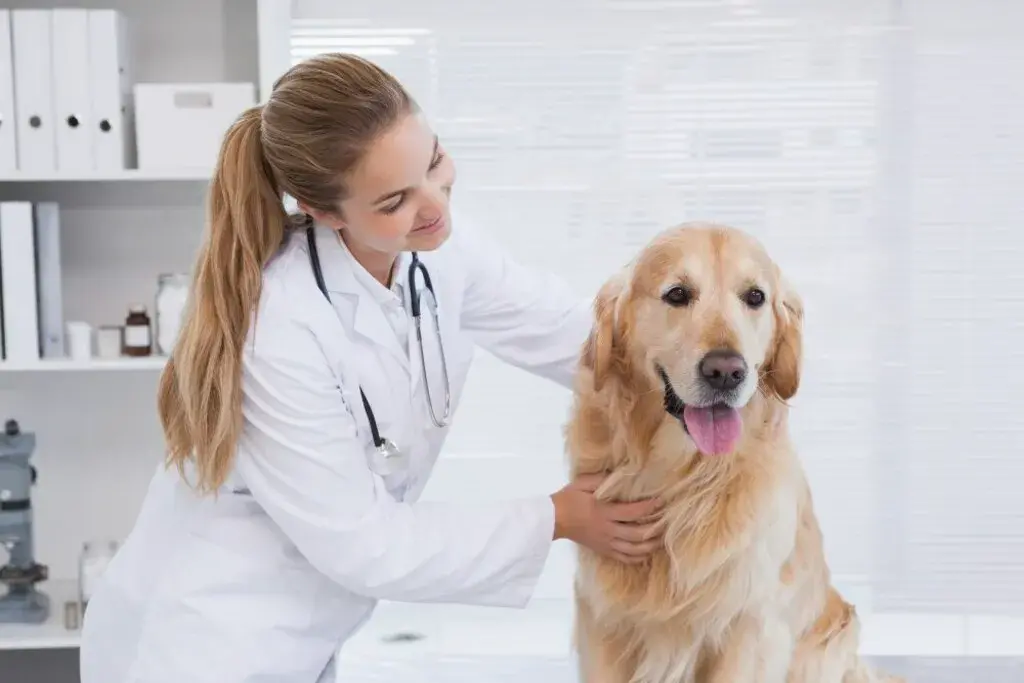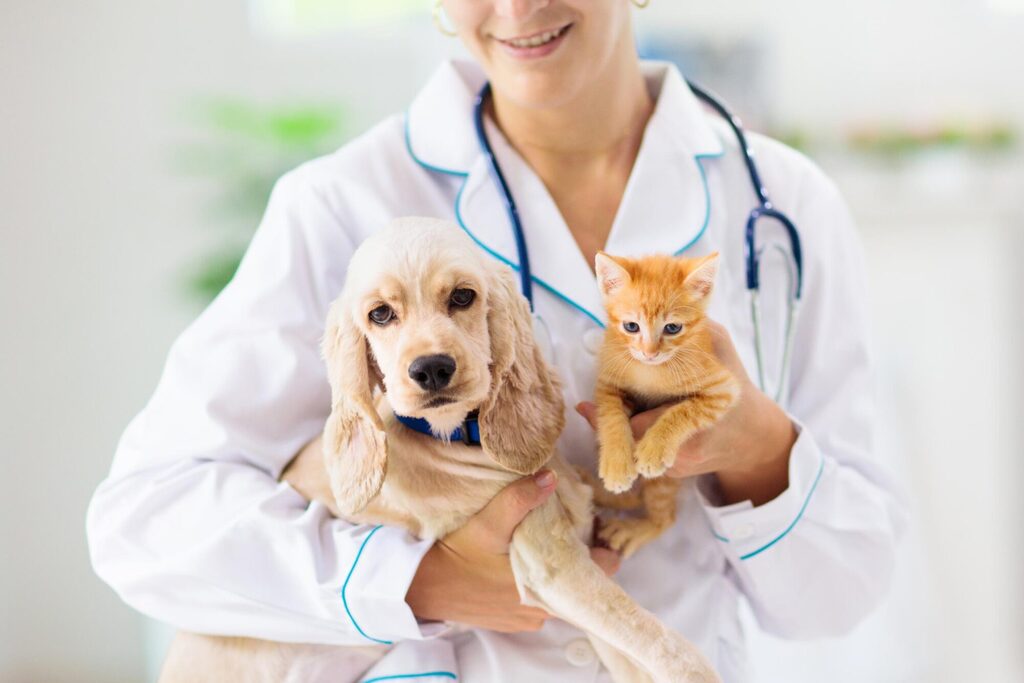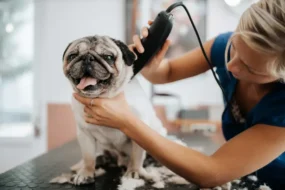
Facing a pet emergency can be scary, but staying calm is essential. As a pet owner, you never know when an emergency might strike, but being prepared can make all the difference.
In this guide, you will find essential information and actionable steps to handle various pet emergencies confidently. Whether it is sudden illness, injury, or unexpected situation, the guide will equip you with the knowledge and skills to control the situation until you reach professional help. Let’s get you prepared!
How to Recognize the Signs of Pet Emergencies?

Have you ever wondered how to tell if your furry friend needs urgent care? Spotting it early can be the difference between life and death. Hence, here are five red flags that shouldn’t be ignored:
1. Choking —
Can your pet not catch its breath? Is it wheezing or gasping for air? If so, the situation is seriously calling for emergency support. It means something has stuck in the pet’s throat, or they might have lung problems.
Things to do in such a situation:
- Stay calm, as your pet can sense your emotions and assess the situation to understand if your pet is indeed choking.
- Gently open your pet’s mouth and see if you can spot foreign objects or blockages.
- For dogs, you can try the Heimlich maneuver by applying quick, upward thrusts to their abdomen, just below the ribcage.
- If the obstruction persists or your pet becomes unconscious, seek immediate veterinary assistance.
2. Excessive Bleeding —
Minor cuts are okay to treat at home. But if your pet has a deep wound or won’t stop bleeding, it’s an emergency. Importantly, seeing a lot of blood is scary, but you don’t have to panic. Immediately seek help from a vet to prevent further complications.
To tackle such excessive bleeding, follow the steps mentioned below:
- Use a clean cloth and put pressure on the wound.
- Talk to the dog in a soft voice to prevent panicking.
- Act fast and get them to the vet right away.
3. Seizures or Fainting —
If your pet starts shaking uncontrollably (seizure) or suddenly falls unconscious (faints), it could be due to a medical condition or neurological issue. The situation could be scary and require prompt veterinary attention.
However, to keep things in control until you reach the vet, are:
- Stay calm and gently move your pet away from potential hazards.
- Clear the area around your pet to prevent injury during the seizure or fainting episode.
- Time the seizure duration if possible, as this information can be helpful for your vet.
- Avoid putting your hands near your pet’s mouth to prevent accidental biting.
- Provide a quiet, comfortable environment for your pet to recover after the episode has passed.
4. Vomiting and Diarrhea —
A little puke or loose stool is normal. But if your pet keeps throwing up everything and has blood in its vomit or stool, then it’s a problem. Monitoring blood in their stool for more than a day or if they seem weak is a sign of an emergency.
Things to keep in mind during this situation:
- Monitor your pet’s vomiting and diarrhea closely for signs of blood or persistent episodes.
- Ensure your pet stays hydrated by offering small amounts of water frequently.
- Avoid feeding your pet until vomiting stops, then reintroduce bland food gradually.
- Contact your vet if vomiting or diarrhea persists for over a day or if your pet appears weak.
5. Sudden Lethargy —
If your pet is usually active but suddenly tired, it’s not normal. This could mean your pet is hurt, poisoned, or has something wrong inside. Don’t ignore their cries, or don’t wait too long to see if they get better. Go to the vet as soon as you can.
Things to keep in mind until you reach a vet:
- Keep your pet comfortable and minimize activity to prevent further stress or injury.
- Monitor their breathing and hydration levels closely.
- Check for any visible signs of injury or distress.
- Keep your pet warm, but avoid overheating them.
Things to Do In A Pet Emergency

An emergency is synonymous with sudden cause. Hence, you must keep a few things in mind if you have a pet or fall into a sudden emergency. Here are tips on things to do in a pet emergency:
1. Stay Calm —
The situation might be out of your hands or control, but you should not avoid staying calm in such an emergency situation. Your pet can sense your emotions, so try to remain calm to reassure them and think clearly.
2. Access the Situation —
Staying calm will help you assess the situation correctly and effectively. It will also aid in keeping your pet under control. Further, it allows you to respond appropriately whether your pet is in danger, unconscious, or experiencing difficulty breathing.
3. Administer First Aid —
If necessary and if you know how, administer basic first aid such as stopping bleeding, stabilizing fractures, or performing CPR. Remember, even if the situation appears to improve after administering first aid, it’s crucial to seek veterinary care. Visiting the vet is essential to prevent potential complications and ensure your pet receives proper medical attention.
4. Contact Your Veterinarian —
Call your veterinarian or an emergency veterinary clinic for guidance. If you need a vet’s contact details, seek help from Google. You can do a standard search with the keyword urgent vet + your city name, for example, “UrgentVet in Scottsdale arizona”. Such a Google search will provide you with the contact details of the nearest vet for urgent help.
5. Transport Safely —
During an emergency, follow the guidance provided by the vet. Properly describe the situation to the vet and transport the animal safely to the nearest veterinary clinic. Keep the animal warm and secure during the journey.
Prevention is the Key to Health
A pet emergency is not in our control. However, we can take charge of preventing its causes. Therefore, keep your pet safe and healthy through proactive measures like regular exercise, balanced nutrition, and routine check-ups with your veterinarian. Keep sharp and inflammatory products away from them. If you are in such a situation, follow the steps and guidance mentioned in this guide. Importantly, reach out to a reputable vet as soon as possible to prevent further damage to your pet.
In Case You Missed It!











